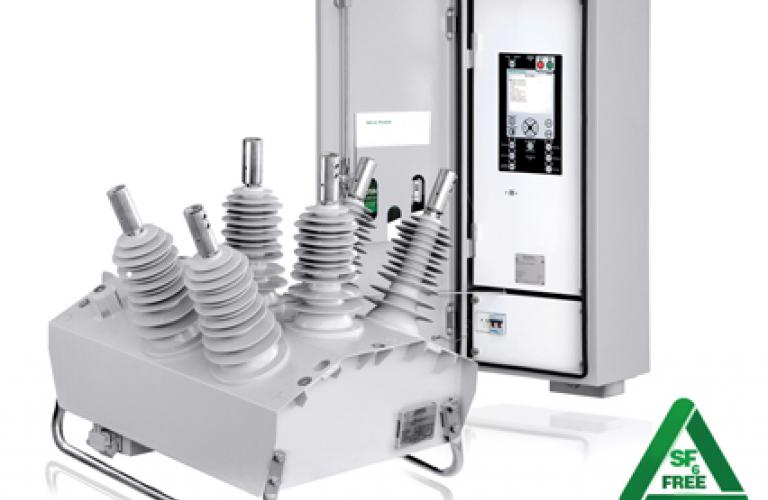#42 Marcela St., Damong Maliit, Brgy. Nagkaisang Nayon, Novaliches, Quezon City 1125, Metro Manila, Philippines

Carbon Dioxide (CO2) and Methane (CH4) emissions contributions to international global warming may be well published, but today the electricity industry is using one of the most potent greenhouse gases known to mankind in considerable volumes. Pioneers in Solid Dielectric Insulation technology, NOJA Power, have never used SF6 as an insulating medium in their products, for very clear reasons - a single kilogram of this gas released into the atmosphere has the equivalent greenhouse effect of over 25 tonnes of CO2 – and this synthetic gas persists in the environment for up to 3200 years.
Sulfur Hexafluoride gas (SF6) is a synthetically created gas which has widespread usage in the electricity industry as an insulating medium. Using SF6 makes designing high voltage equipment trivial, as SF6 has exceptional insulating properties. Across the world, SF6 is used in circuit breakers, transformers, ring main units and a host of other high voltage products, but with leakages and no natural sink of SF6, the atmospheric concentrations of this gas has been rising year on year since the 1970s.
SF6 in its manufactured form is a non-toxic gas, but when it is used as an insulator and exposed to electrical arcing, highly toxic by-products are created including the highly cytogenic Disulfur Decafluoride (S2F10). The risks of using SF6 are amplified for operators and line crews in utilities, who may encounter the toxic by-products of this gas during their general operation and maintenance of equipment. These health hazards and persistent toxic pollutants should be sufficient incentive to seek alternative solutions for switchgear in distribution equipment.
Today, emergent technology such as advances in solid dielectric insulation (which do not use gas of any type) have started to encroach on the application of SF6. With solid dielectric insulation offering equivalent performance of SF6 across the medium voltage range (1kV to 52kV), the use-case for SF6 is greatly diminished.
A major future issue will be the commoditization of SF6 products, as developing countries elect to purchase cheap, inferior SF6 insulated products to meet an immediate need without any regard for the future or environment.
Switchgear manufacturers such as Australian firm NOJA Power are demonstrating leadership in the creation of switchgear products without the need for SF6 gas. Their OSM Recloser range and VISI-SWITCH® Load Break Switch are two examples of products which are disrupting the existing SF6 based switchgear industry. Both these products are displacing existing SF6 equipment, demonstrating that alternatives are not only available, but are economically viable.
“NOJA Power has always applied a policy not to use SF6 in any of our products and this policy has again been demonstrated in the release of the exciting new VISI-Switch product,” says NOJA Power Group Managing Director Neil O’Sullivan. “We focus on helping our customers improve their environmental foot print with reliable field proven vacuum / solid dielectric switchgear alternatives.”
When considering future policy on environment and the impacts of the energy industry on international greenhouse gas emissions, the contributions of Sulfur Hexafluoride should not be overlooked. Forward-looking utilities and companies such as NOJA Power are already demonstrating leadership in the removal of reliance on SF6, providing product technology innovation to remove existing SF6 switchgear from active service. It is certainly worth supporting the drive to make SF6 go the way of CFC’s in the 1990s.